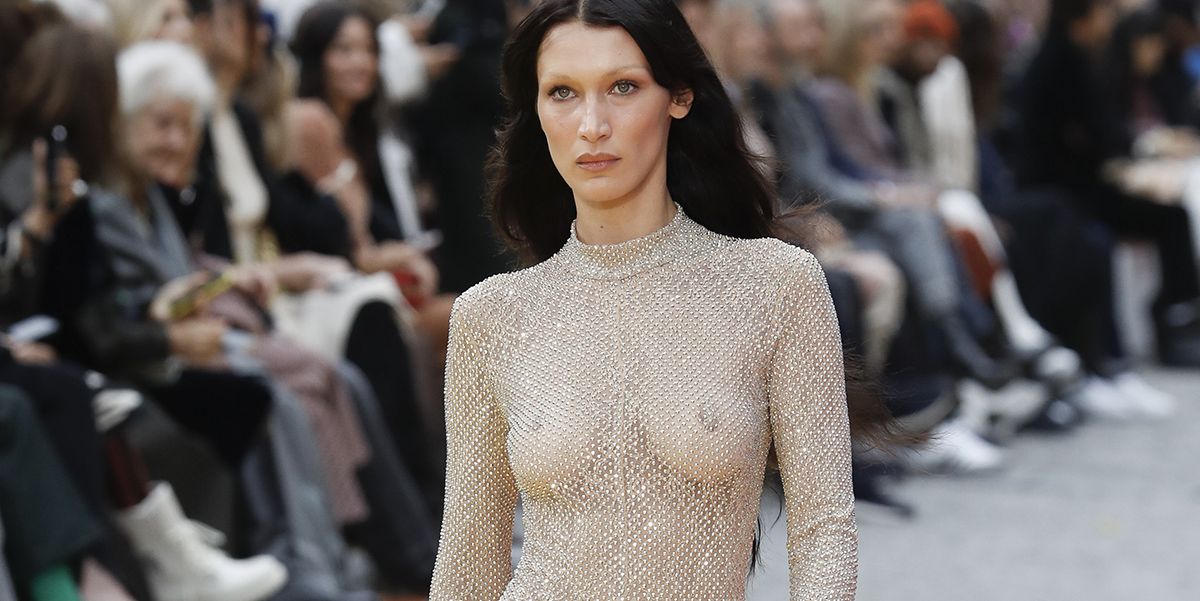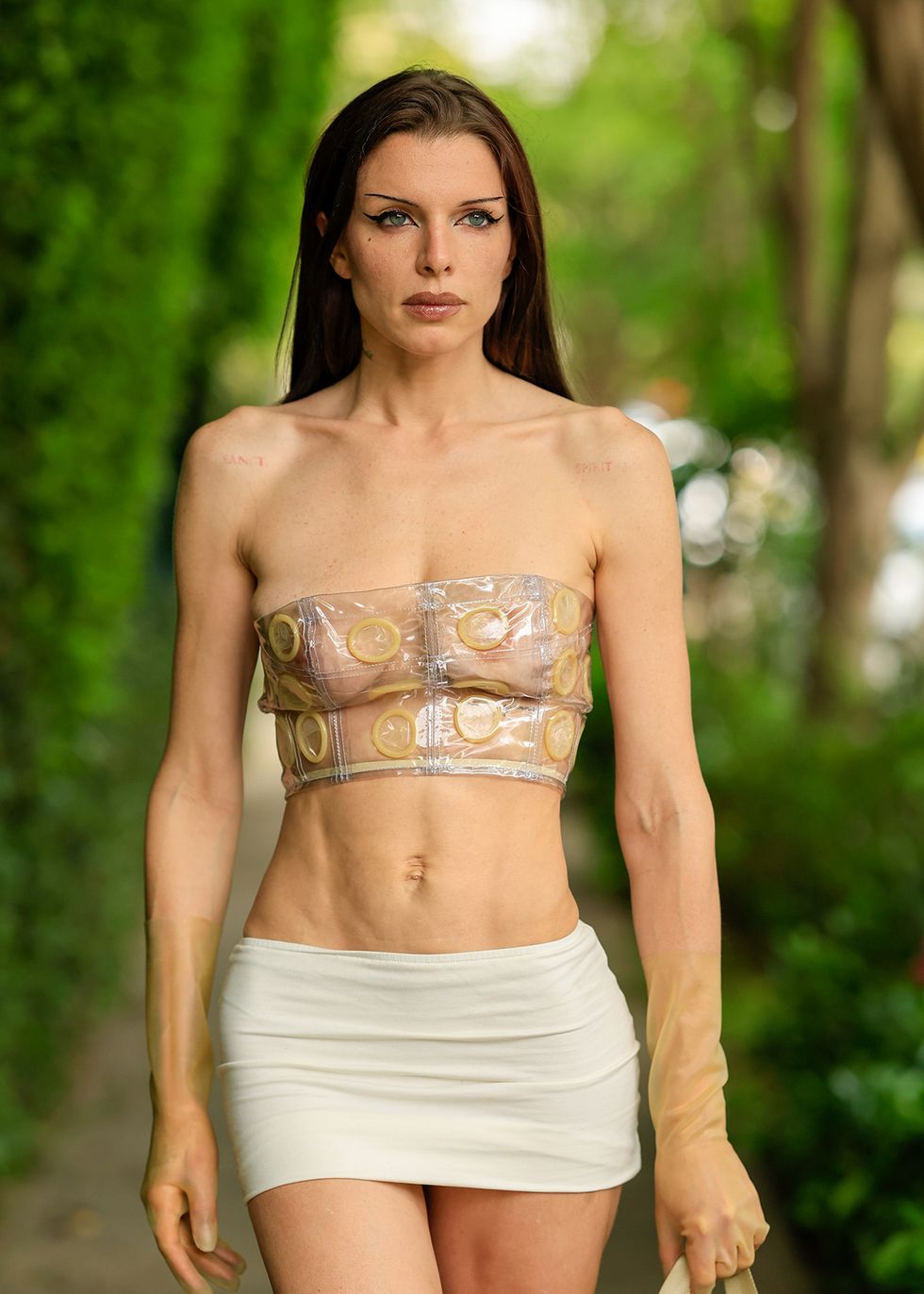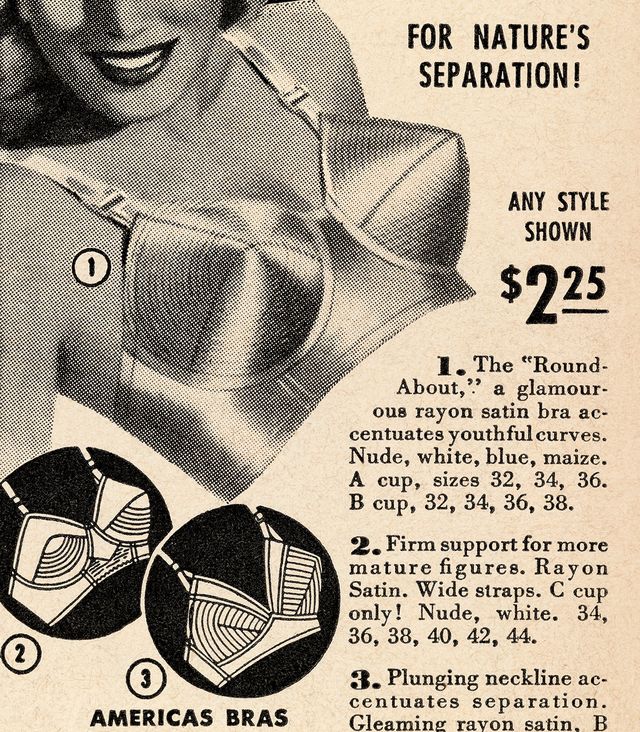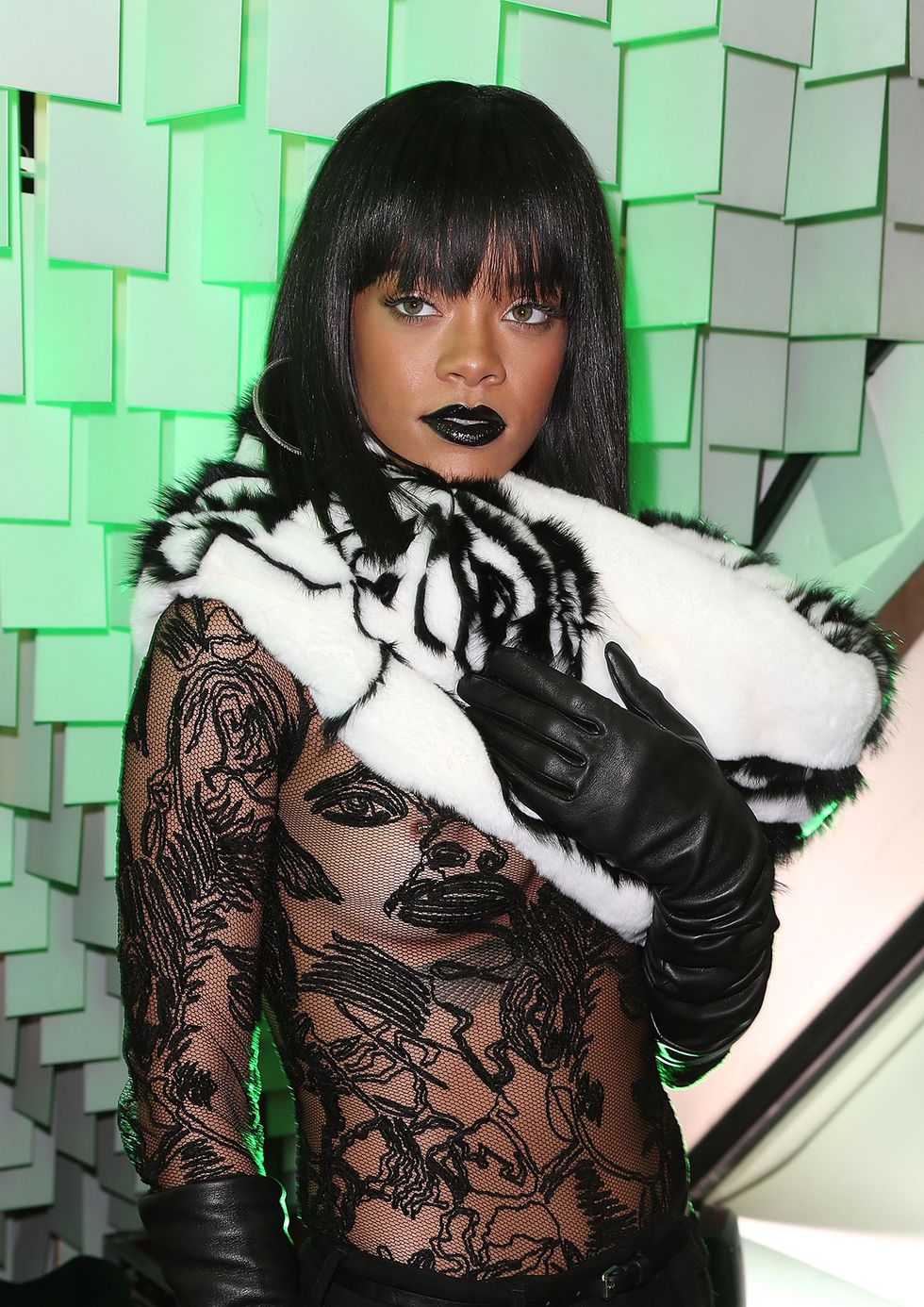“Am I showing off my boobs? Or do I just have boobs…and exist?” asks TikTok creator Rachel Levin in a viral video from November 2021. Even though the clip is nearly two years old, the audio has continued to resonate among the platform’s users—nearly 11,000 posts using the sound bite exist, many of which feature women in tops of varying necklines, pondering the exact same question.
Questioning how we view breasts—and exactly how visible they can be to remain “appropriate”—is nothing new. The “Free the Nipple” campaign began in 2012, and a film of the same name was released in 2014. The image of the “bra-burning feminist” is synonymous with the Women’s Liberation Movement of the 1960s and 1970s, although the actual burning of bras has since been proven to be a myth. But perhaps the most significant event regarding how society views wearing bras in recent history has been the COVID-19 pandemic. Beginning in March 2020, when offices shut down worldwide and remote work protocols were put into place, working in sweatpants, and often, braless, from one’s living room (or bed) became the new normal for many. In the years since the pandemic began, a shift away from traditional bras is tangible: remote work is still common, fashion trends like backless tops and sheer dresses are gracing red carpets, the body positivity movement is continuing to evolve, and bodily autonomy, in the wake of the overturn of Roe v. Wade, is at the forefront of our minds.
For some, the onset of the pandemic was, in fact, the catalyst for saying goodbye to bras, and the practice has stuck. “I’m a 42H and I haven’t worn a bra since June 2020,” reveals Agnes Bebon, a marketing manager based in Montreal, who added that she overhauled her wardrobe when she made the decision to go braless because she “was finally dressing for myself and not hiding my body.” (Though she also notes that she does wear sports bra-like tops now, following back-to-office mandates.) “Bras were always uncomfortable, never fit right, and left marks on me. I stopped wearing them around the same time that I started making real efforts to like my body, and part of that was me accepting that, yeah, my boobs are big and they sag a bit, but that’s fine and I’m hot.”
For Suze Heller, a writer and baker based in Asheville, North Carolina, letting go of bras during the early days of lockdown was for more than comfort. “Part of it was figuring out what was gender-affirming as my body changed in the last few years,” they said, noting that they went from wearing bralettes before the pandemic began to “no bra for a while and then binders and now sports bras.” The singularity of what is considered office appropriate has changed now that hybrid work is common, in that multiple people I interviewed mentioned wearing bralette-type undergarments to the office—something they never would have thought to do before COVID-19.
The reasons for reevaluating one’s relationship with bras are plentiful, but a common thread appears to be a journey toward body neutrality. Victoria Paris, an influencer based in Los Angeles, also said she started wearing bras less frequently in 2020. “I think I just stopped caring as much about the way I looked because…I wasn’t going into an office, I wasn’t going to school. I wasn’t worried about how people saw me,” she says of her early COVID uniform, which consisted of oversized shirts and tank tops with no bra. Paris, who is known largely for her fashion, travel, and home decorating content and has had partnerships with brands like Urban Outfitters and Anthropologie, frequently posts photos of her outfits, many of them braless.
And as confident as she may appear, the creator also admits that it wasn’t easy to start. As a teen and into her early twenties, “I was extremely insecure about not wearing a bra and the way that looked…even my breast shape,” Paris says. However, since she started going braless more frequently over the past three years, she’s felt empowered to start embracing the way her breasts look naturally. “For the longest time, I was so caught up over, ‘I don’t want saggy boobs,’ even though there’s nothing wrong with having saggy boobs. It’s natural, it’s beautiful, it’s womanly.” And when she posts a photo in which her nipples show or it’s clear she’s not wearing a bra? “Honestly, I feel like [my followers] never see me in a bra, so they wouldn’t even clock it. That’s just how they see me.”
Unsurprisingly, the fashion world is catching on. Stacey Chia, a New York City-based communications manager at the fashion label Tanya Taylor says she’s noticed trends like “thicker fabrics on tops, backless dresses, [and] deep V-necklines that really mean you can’t wear a bra, and if you wanted some sort of coverage, you’d have to use nipple covers,” over the past few years that signify a cultural shift away from bras. As far as her own preferences go, she says she often opted for bralettes before the pandemic, but once it began, “I even found myself even ditching the bralettes, since I had a uniform of loose button-downs” throughout COVID, adding, “I think the pandemic opened us up to a new level of comfort with our bodies and other aspects of our lives as well.”
Aja Barber, a London-based stylist and author of Consumed: The Need for Collective Change: Colonialism, Climate Change, and Consumerism, on the other hand, let go of bras years before the pandemic began, although lockdown did solidify her shift away from them for the long term. By her late twenties, in fact, Barber had become fed up with uncomfortable clothing, including tight-fitting trousers, heeled shoes, and, of course, bras. “I’ve never been a super keen bra wearer,” she says. “I’ve never been that excited about it. I’ve always thought that bra shopping was burdensome and annoying and money that I really didn’t want to spend in that direction.”
As a way to still feel fashionable and put-together, “I would buy summer dresses that normally have some sort of tightness in the chest area to push things together and keep [my breasts] up. That’s how you get away with not wearing a bra,” she says of how her habit of going braless began. “But I fully expect that in my later years I will become that braless old woman, and I do not care at all.”
Since Barber primarily works from home, her bralessness doesn’t pose any issues to her level of professionalism. Though she raises the point that there’s a great degree of privilege when it comes to who can go braless in professional or formal settings and still be taken seriously, reflecting on a former co-worker who was an “older white woman who would wear sweatpants and an old sweater and never a bra.” Barber notes, “I do think that there’s a bit of white privilege wrapped up in the ability to come to work looking that way. As a Black person, I don’t think I have that privilege ever.”
Similarly, there’s a great deal of privilege when it comes to size, given that fatphobia remains present both in the workplace and the fashion industry. “I think it’s more acceptable for smaller breasted people to go braless, but I feel like if I [a D/DD] went braless, it would be very frowned upon,” says Megan Watson, a Chicago-based environmental consultant. “And especially for fat and plus size people—I feel like it adds to the anti-fat rhetoric if we don’t wear bras, i.e., we don’t care about our appearances, we don’t put in the effort, etc…,” she adds.
Conversely, the early days of quarantine have pushed some to discover a new appreciation for the pulled-together feeling that wearing a bra can provide. “At the beginning of quarantine, I relished in the ability to wear leggings and a sweater and call it a day,” says Caldwell Harden, a client services manager based in New York City. “But as quarantine lagged on, I just grew tired of not making an effort with my outfits and I started really thinking about how I got dressed every day. Soon, I started seeing a correlation in the effort I put into my outfit and my outlook towards the day.” Eventually, Harden returned to wearing a bra on a daily basis.
“I find when I don’t wear a bra, I usually am putting less effort into my appearance generally, and I just feel less prepared to take on the day,” Harden says. “My clothes and style are a type of armor for me to face the world, and my bras and undergarments are the chainmail.”
Wearing (or not wearing) a bra is a personal choice, of course, though it’s also worth considering what its fundamental purpose is. “Bras can be helpful for women who have breast pain, which is very common, because, if properly fitted, the bra can provide support to the breast and can help reduce discomfort,” says Dr. Deanna J. Attai, MD, FACS, an associate clinical professor in the Department of Surgery at UCLA’s David Geffen School of Medicine and the UCLA Health Burbank Breast Care. She also mentioned that a supportive bra is usually recommended for “at least during the immediate postoperative period” for people who have undergone surgery. Otherwise, Dr. Attai says, “There are no good medical reasons for or against wearing a bra.”
If there are no serious health risks to going braless, and if not wearing a bra is now considered acceptable, and even stylish in many circumstances given the cultural shift of the past three years, it might be time to rethink what we believe is palatable when it comes to breasts, what feels comfortable, sexy, and gender-affirming, and, most importantly, who really gets to decide what we do with our breasts.
Madeline Diamond a writer and editor with bylines in Buy Side from WSJ, New York magazine, Travel + Leisure, and more. Originally from Southern California, she now lives in Brooklyn and can often be found in her favorite park, cappuccino in hand.



